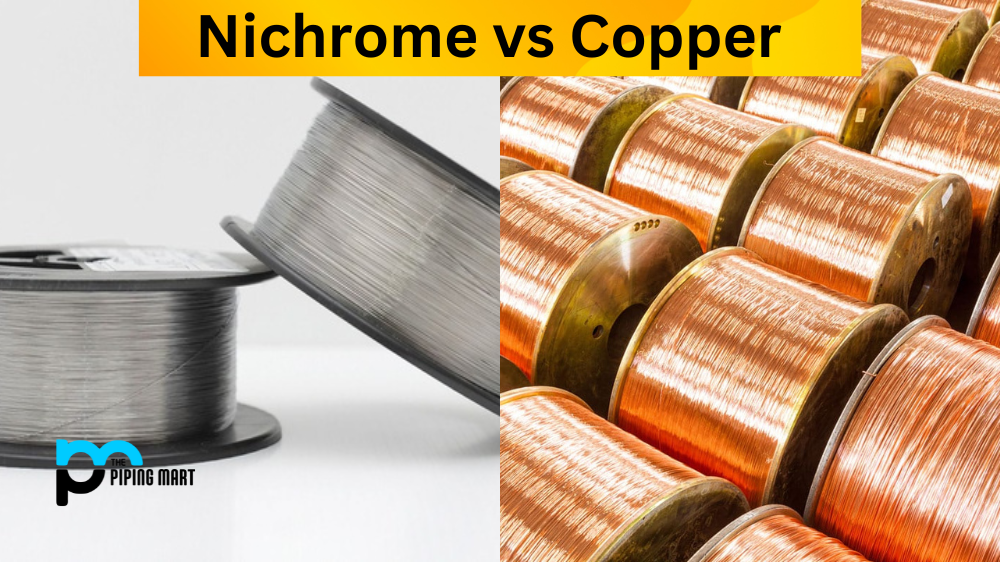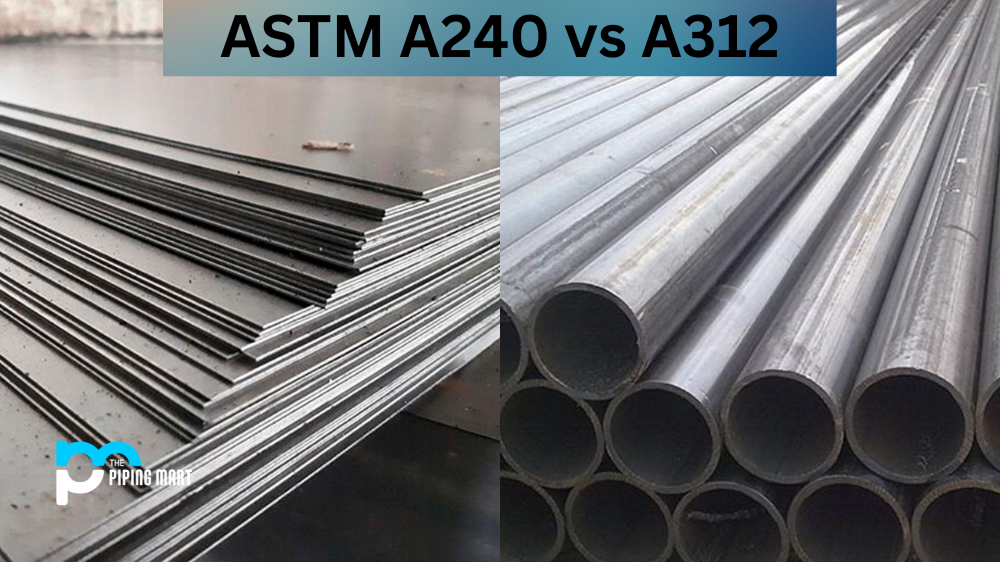If you are in the market for a heating element, you may wonder whether you should choose nichrome or copper. These materials have advantages and disadvantages, and both are commonly used in heating elements for various applications. This blog post will explore the differences between nichrome and copper heating elements and help you determine which is right for your needs.
What is Nichrome?
Nichrome is a type of resistance wire made from nickel and chrome. This material has a high resistance to electrical current and can withstand high temperatures, making it ideal for use in various heating applications. Nichrome heating elements have a relatively low thermal conductivity, meaning they take longer to heat up than copper elements. However, they are more energy-efficient than copper heating elements once they reach their operating temperature.
What is Copper?
On the other hand, copper heating elements are made from pure copper wire. Copper has a high thermal conductivity, so it heats up quickly and transfers heat efficiently. Copper heating elements are often used in applications requiring rapid heating, such as soldering and brazing. However, copper heating elements require more electrical power to reach their operating temperature because copper has a lower resistance to electrical current than nichrome.
Difference Between Nichrome and Copper
The answer depends on your needs. Suppose you need an energy-efficient heating element that can maintain a consistent temperature over a long period. In that case, a nichrome heating element may be the best choice. On the other hand, if you need a heating element that can quickly heat up and transfer heat efficiently, then a copper heating element may be the better option.
Durability
One factor to consider when choosing between nichrome and copper heating elements is their durability. Nichrome heating elements are more corrosion-resistant than copper heating elements, which can be a significant advantage in applications where the element is exposed to moisture or corrosive substances. However, nichrome heating elements are more brittle than copper heating elements and can be more prone to breakage under certain conditions.
Cost
Another factor to consider is cost. Nichrome heating elements are generally more expensive than copper heating elements, but they are also more energy-efficient, which can lead to long-term cost savings. Copper heating elements are generally less expensive than nichrome heating elements, but they require more electrical power to operate, leading to higher energy costs over time.
Advantages of Nichrome Elements
- Less expensive than copper elements
- Higher resistance to corrosion
- It can be used at higher temperatures than copper elements
Disadvantages of Nichrome Elements
- Lower conductivity than copper elements
- Can oxidize at high temperatures, which can cause problems with electrical connections
Advantages of Copper Elements
- Higher conductivity than nichrome elements
- Lower resistance to corrosion
- It can be used at lower temperatures than nichrome elements
Disadvantages of Copper Elements
Nichrome Elements Are More Durable
One of the primary disadvantages of copper elements is that they are not as durable as nichrome elements. This is because copper is a softer metal than nichrome, which is more prone to wear and tear. Additionally, copper elements are also more likely to corrode than nichrome elements.
Nichrome Elements Have a Higher Melting Point
Another disadvantage of copper elements is their lower melting point than nichrome elements. This means that they cannot withstand as high of temperatures before melting. This can be an issue if you use your element in an application that regularly exposes it to high temperatures.
Copper Elements Are More Expensive
Another downside of copper elements is that they are typically more expensive than nichrome elements. This is because copper is a more expensive metal than nichrome, so it costs more to produce copper elements. Additionally, because copper elements are less durable than nichrome elements, you may have to replace them more often, which can add to the cost.
Conclusion
In conclusion, nichrome and copper heating elements have advantages and disadvantages. Nichrome heating elements are energy-efficient and durable but take longer to heat up. Copper heating elements are efficient at transferring heat and are less expensive, but they require more electrical power and are less durable than nichrome elements. When choosing between nichrome and copper heating elements, consider your specific needs and choose the best option.

Abhishek is a seasoned blogger and industry expert, sharing his insights and knowledge on various topics. With his research, Abhishek offers valuable insights and tips for professionals and enthusiasts. Follow him for expert advice on the latest trends and developments in the metal industry.




